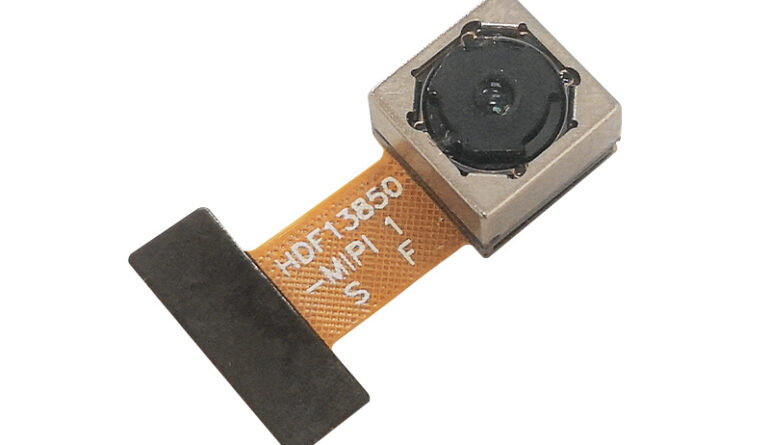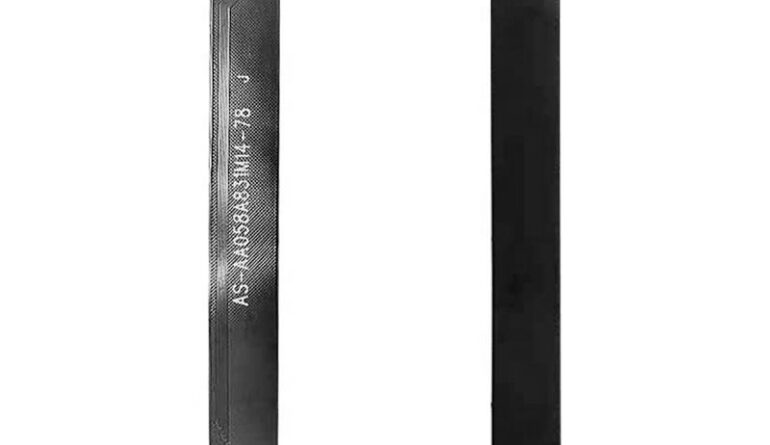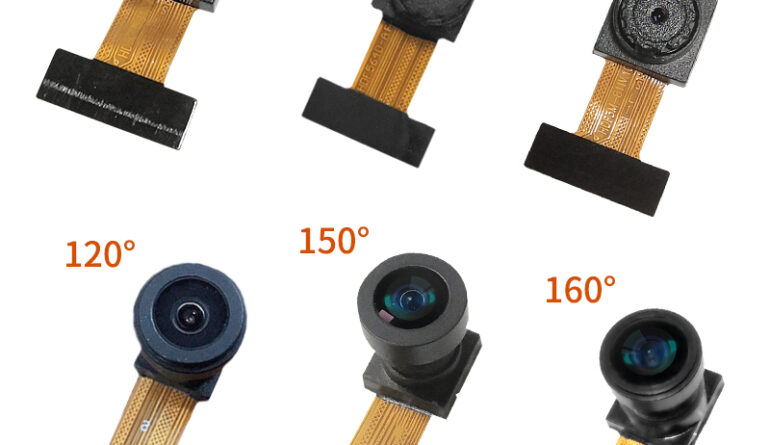The OV13850 is a 1/3.06" color CMOS image sensor with 13.2MP (4224×3136) resolution using OmniBSI-3™ technology. OmniBSI-3™ is a back-illuminated (BSI) image sensing technology from OmniVision Technologies that improves sensor performance, especially in low-light environments.
The sensor uses 0.12-micron pixel technology, has an optical size of 1/3.06", and has a 31.2-degree CRA (Chief Ray Radiation Recognition). Angle, chief ray angle), which is ideal for designs with a z-axis height of less than 6mm. The OV13850 supports a variety of image sizes, including 13.2MP (4224×3136), 10MP (16:9-4224×2376), and 4K2K (3840×2160) resolutions. In addition, it also supports electronic image stabilization (EIS) 1080p video recording.
The programmable control options provided by the sensor include frame rate, mirroring, flipping, cropping, and windowing, which provide developers with flexible image capture and processing capabilities. The OV13850 sensor also has a variety of application areas, such as smartphones, PC multimedia, tablets, etc.
In the use of sensors, some important features are also worth our attention. For example, the description in the file may mention that this sensor supports multiple input and output formats, serial interfaces, and power management strategies to adapt to different application scenarios.
Dogoozx Custom OV13850 Camera Module:
-
DGZX-AA058A831M14-78 Support OEM 13MP OV13850 4K 30fps AF MIPI Monitoring Camera Module
-

-
Dogoozx 13MP OV13850 CMOS 4K 30FPS Auto-focus Camera Module MIPI
-
ov camera chip all models
-
Dogoozx Omnivision 78mm Auto Focus Mipi interface Ov13850 sensor 13mp Camera Module
Common questions and answers about OV13850 camera image sensor:
1. What type of image sensor is OV13850?
Answer: OV13850 is a high-performance CMOS image sensor produced by OmniVision Technologies. It is favored for its high resolution, low power consumption and excellent image quality, and is often used in camera applications in the fields of smartphones, security monitoring, drones, etc.
2. What common problems may OV13850 encounter during use?
2.1 The image is too dark or too bright
Problem description: The image captured by the camera under certain lighting conditions is too dark or too bright, affecting the image quality.
Possible reasons: Improper automatic exposure control (AEC) settings, inaccurate exposure time (TE) or ISO (gain) adjustment.
Solution suggestion: Adjust the AEC settings, appropriately modify the exposure time and ISO value to obtain a more appropriate brightness.
2.2 Color distortion
Problem description: The color of the captured image does not match the real scene, and color cast occurs.
Possible reasons: Improper automatic white balance (AWB) settings, or problems with the sensor color correction algorithm.
Solution suggestion: Adjust the AWB settings, or check and optimize the color correction algorithm to ensure accurate color restoration.
2.3 Blurred image
Problem description: The edges of the captured image are not clear and details are lost.
Possible causes: The autofocus (AF) function is not enabled or does not work correctly, the lens is contaminated or damaged, or there is a problem with the image sensor itself.
Solution suggestion: Enable and check the AF function, clean the lens, replace damaged parts, or check whether the sensor performance is normal.
2.4 I2C communication problem
Problem description: When the camera module and the main control chip communicate through the I2C bus, communication failure or data abnormality may occur.
Possible causes: I2C bus configuration error, power timing problem, or hardware connection failure.
Solution suggestion: Check the I2C bus configuration, ensure the power timing is correct, check whether the hardware connection is firm, and repair or replace the faulty parts.
2.5 Improper resolution setting
Problem description: The camera fails to output images of the specified resolution as expected.
Possible causes: The resolution setting in the device tree or driver is incorrect, or the sensor itself does not support the resolution.
Solution suggestion: Check and modify the resolution setting in the device tree or driver to ensure that it matches the sensor specifications.
3. How to prevent problems with the OV13850 camera image sensor?
Regular maintenance: Check the status of the camera module and sensor regularly, clean the lens and interface, and ensure reliable connections.
Correct configuration: Correctly configure the camera's parameters, such as exposure, white balance, resolution, etc., according to the application scenario and requirements.
Environmental adaptability: Pay attention to the camera's operating environment temperature and humidity range, and avoid using it in extreme environments to avoid affecting sensor performance.
Software updates: Pay attention to and install software updates for camera modules and sensors in a timely manner to fix known issues and improve performance.





